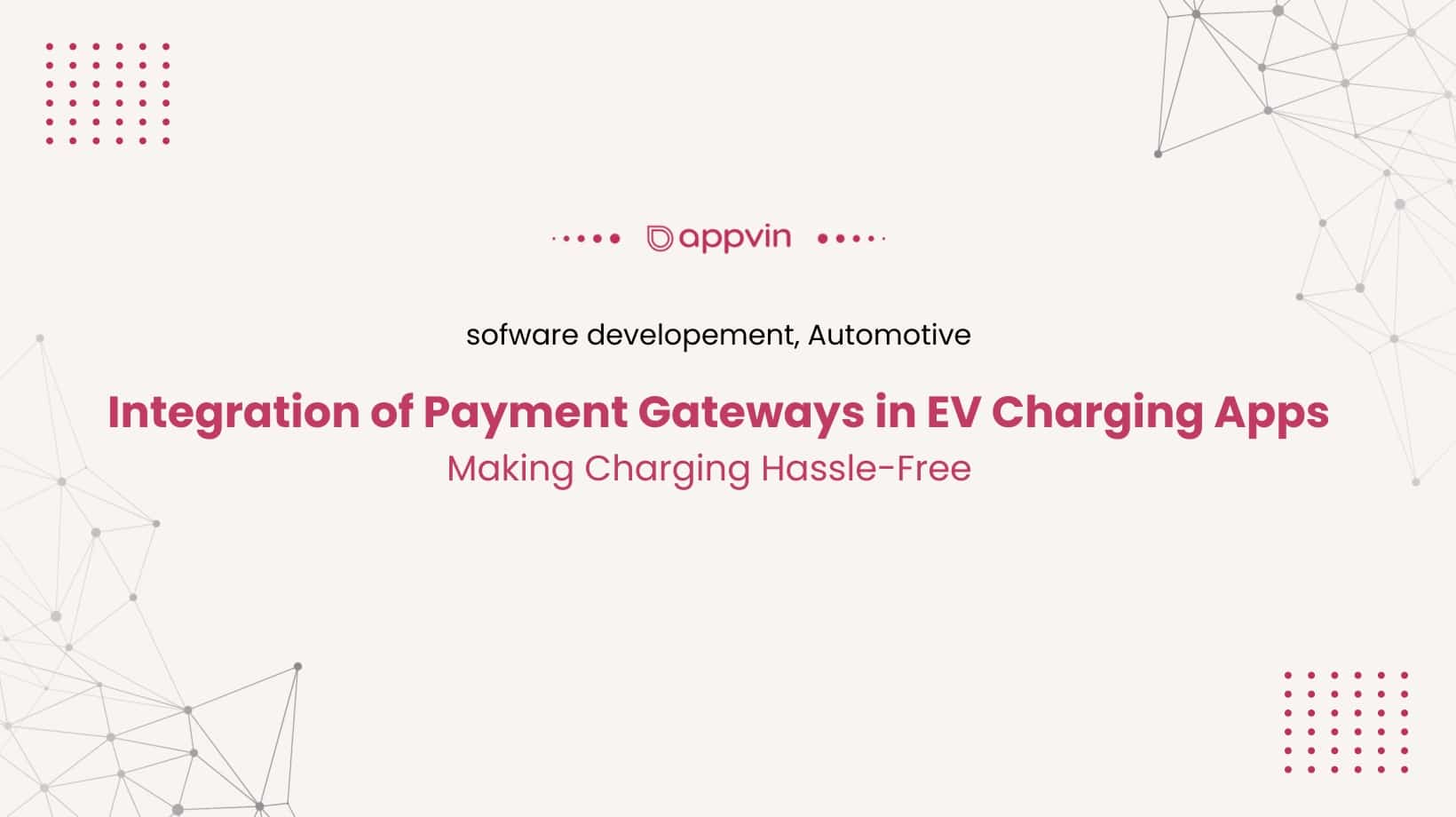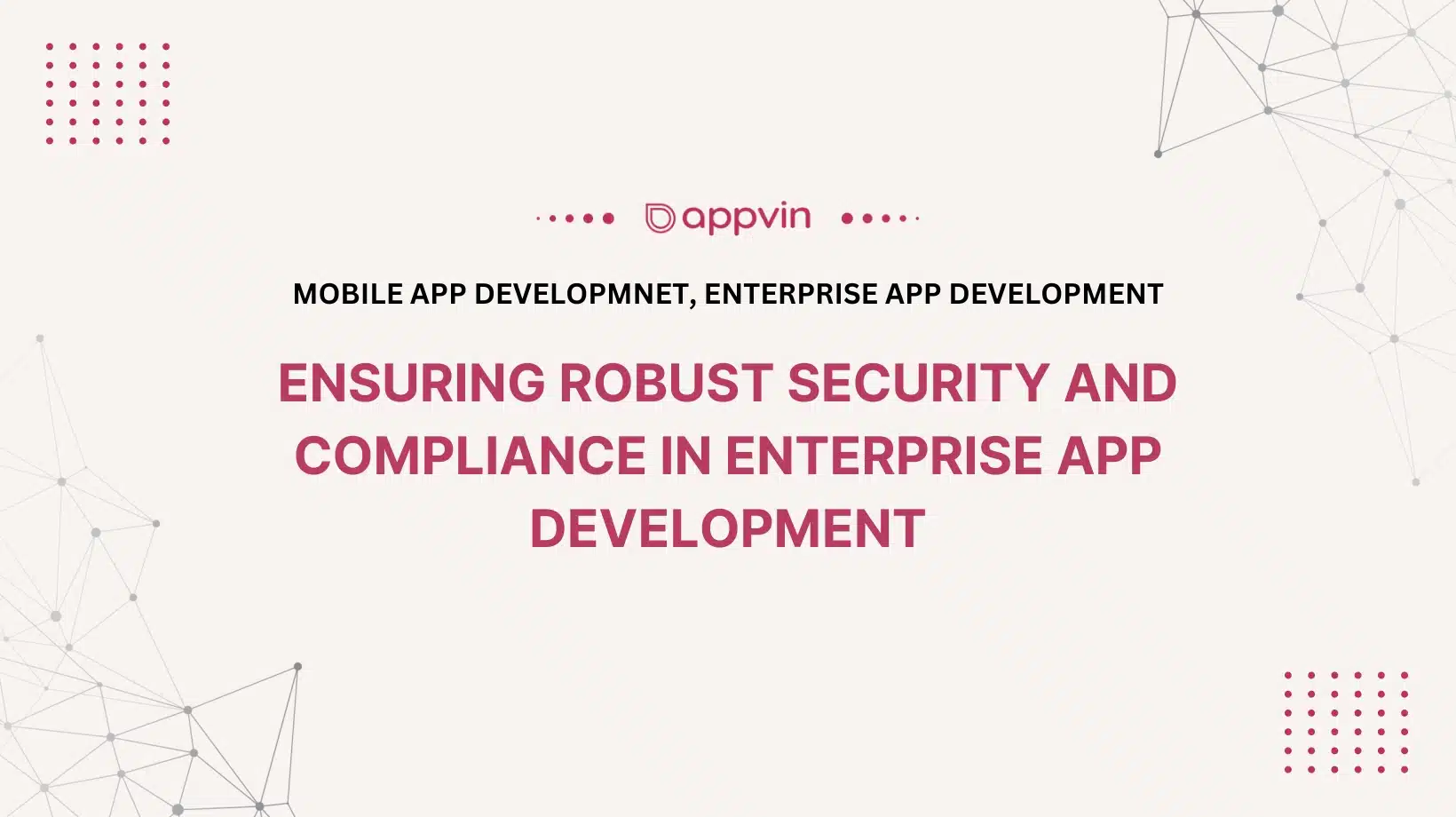The mobile app technologies are transforming the automobile sector. This industry’s transformation has led to the development of groundbreaking connected and autonomous cars. The use of automotive mobile apps in the automotive industry has improved the ability to maintain vehicles. It has opened new avenues of entertainment in the automotive industry.
Long-range data transmission is made possible by the automotive telematics system. It has contributed to the development of an Internet of Things-driven fleet management system. The use cases in the automotive industry are expanding day by day.
The following are the best practices for developing automotive mobile apps:
Conduct user research and understand user needs
Conducting research and understanding user’s needs helps with both technical and market requirements for your product is essential. In the industry, every business needs an hour to launch a successful mobile application. It is the best platform to generate revenue for your business, particularly for the automotive industry and the e-commerce sector. In contrast, the development of a complete application requires market research, time, budget, and a professional mobile application development process by the professionals. After all, a user is very important.
Prioritize security and data privacy
In today’s world, mobile apps play an important role in our daily lives. They help us to complete tasks, stay in touch, and access information quickly and easily. However, with this convenience comes a heavy responsibility – user privacy and security. As a mobile application developer, user privacy and security should be at the top of your to-do list.
Ensure compliance with regulations and safety standards
In today’s highly complex and regulated business landscape, industry compliance is a top priority for organizations across industries. Industry regulations and standards regulate a wide range of topics, including product safety, data privacy, environmental protection, and financial reporting. Non-compliance can lead to fines, lawsuits, and damaged reputations. Understanding and following the rules is critical for your app’s success. By staying up-to-date on industry-specific rules, performing regular compliance audits, and applying best practices, you can safeguard user data, and prevent legal issues.
Design for in-car use and driver distraction prevention
Driving is a complicated process that often necessitates one or more of the following functions route finding, route following, speed control, collision avoidance, rules compliance, vehicle monitoring, and more. The first step in creating automotive mobile apps is understanding the driving environment.
Driving is a complicated and dynamic process that necessitates constant attention, awareness, judgment, and control of the vehicle. The driver is also confronted with a variety of external factors, including traffic, weather conditions, road traffic, and navigational information. The use of mobile devices while driving can take the driver’s attention away from the main driving task and add to the cognitive load, visual load, and manual load. The mobile application should minimize the distraction while driving and support the driver’s situation awareness.
Focus on user experience and intuitive design
Performance is one of the most important factors that influence user memory and satisfaction in the auto industry. Automotive mobile apps need to be fast, seamless, and dependable. Optimizing the app size, reducing the number of dependencies and assets to download, and implementing caching and offline strategies to improve the speed and availability of the app, even in congested networks or remote locations, are all ways to improve performance.
You can monitor and analyze the performance of your app using tools like Firebase Performance Monitoring or New Relic Mobile. You can also identify and resolve any bottle crashes and issues using tools like Android Studio profiler or Xcode Instruments.
However, the poor automotive mobile app design can lead to confusion, frustration, and even anger among users.
Moreover, these are the types of users that are most likely to uninstall your app.
To focus on better user experience and intuitive design, the following are the methods:
- Create an intuitive, easy-to-use, and, where possible, enjoyable user experience.
- Understanding your target users
- Analyzing the user behaviors
- Focus on user needs
Integrate with existing car systems and APIs
A car API is a collection of APIs, tools, and definitions that allow software to communicate with connected vehicles. This API connects the automotive industry and mobility apps. It can be used to power specific functionality within an automotive application. When integrating a car API, it is important to design your API integration in a way that minimizes unnecessary API requests. Avoid excessive polling or data transfers. Use caching mechanisms to reduce the burden on your application.
When transferring data between an application and an API provider, ensure the data is secure. Encrypt data using secure communication protocols like HTTPS.
Ensure that your app’s data handling practices are communicated to users and that they consent to access and use their vehicle-related data. Enforce data privacy regulations such as GDPR or California Consumer Privacy.
Test and iterate frequently
At its core, mobile application prototyping is iterative. It enables you to make small improvements to your application based on user input, design ideas, and changing needs. As you iterate, you move closer to the final product, meeting user and market expectations.
Mobile app prototyping has one of the biggest benefits as it allows you to iterate quickly and efficiently during the initial stages of app creation. By creating interactive prototypes that mimic the app’s features and user interface, developers and designers can quickly assess and refine their ideas, which is a key factor in improving mobile app development.
Develop a marketing and promotion strategy
Automotive mobile app marketing is the marketing strategy used to promote your automotive app, engage your users, and increase your app downloads. Mobile app marketing refers to the strategies used to attract users and get them interested in your app.
In short, mobile app marketing takes your users through the entire conversion funnel from the first time they hear about your app to the last time they download your app. But the journey isn’t over once they’ve clicked the download button. Once they’re your customers, you’ll need to nurture your relationship with them to increase retention and convert them into brand advocates.
Conclusion
Developing mobile apps is a lengthy process that consists of several short cycles and a lot of decision-making. Manufacturer-backed mobile app development continues to revolutionize the auto industry. Hacking into the vehicle is a major concern, and these apps require more features and more work. Additionally, many automakers are sharing information on solutions to these problems, and there is a lot of research going on on these issues.
Blockchain is seen as a game-changer in mobility, and the need for apps for car manufacturers is only going to increase. Automotive mobile apps are becoming an integral part of the auto industry, and developing mobile apps can assist dealerships, enhance customer experience, and boost sales.
Ultimately, the services that automotive development companies provide shape the future. Our company specializes in innovative mobile app development for the unique needs of the auto industry. We provide users with access to a wide variety of features and functionality that make operations more efficient, improve connectivity, and enhance the user experience.







